These days is the perfect time to increase your knowledge about domestic plumbing. You could have looked at doing the work well before now, nevertheless, you just couldn’t spare the time to achieve this. Regardless, this content beneath will instruct you on various pipes suggestions and techniques you may apply to eliminate daily problems about your home.
Loud pipes is an easy do-it-on your own project. Any revealed pipes will need to be attached. You may want to speak to a expert when the plumbing are hard to gain access to.
Getting your septic reservoir pumped out consistently helps keep it functioning properly. This can end any buildup within your septic reservoir and prevent any awful issues. Having your septic reservoir emptied from time to time might be high-priced, but it’s soil affordable compared to the expense of repairing a ruined septic process or perhaps the cleanup charge when natural sewage backs up into your property.
When a domestic plumbing undertaking is in your future, know a couple of things: what instruments you might have, and exactly how you are supposed to make use of them. Make sure to read through all your manuals, and utilize things such as the collection along with the internet to read through through to try it for yourself projects. Feel ahead of time and learn everything you can well before treating a domestic plumbing restoration project. If you make issues worse as an alternative to better, you’ll be forced to pay pricey domestic plumbing charges to repair the issues.
…
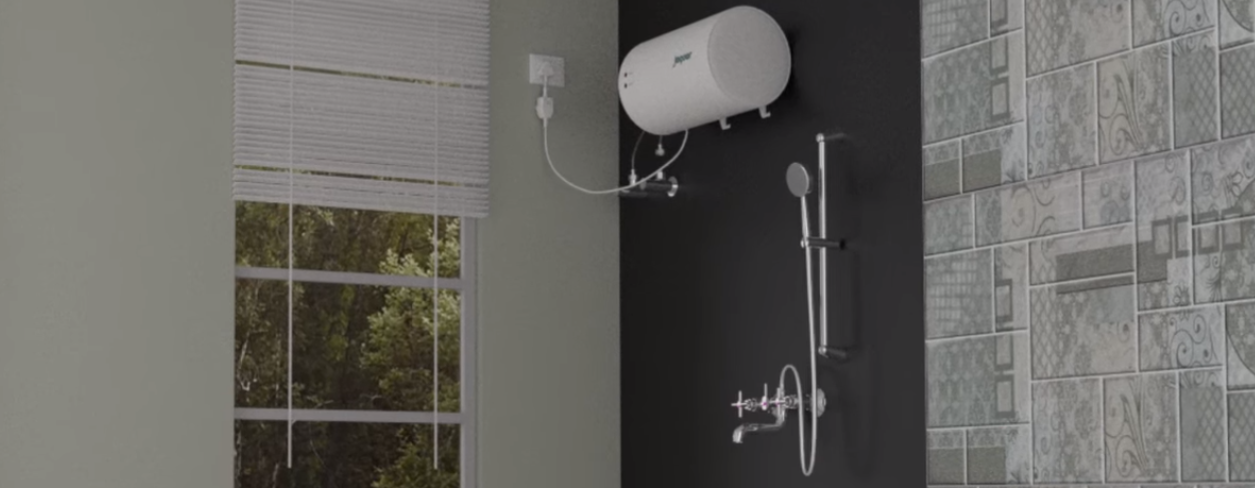
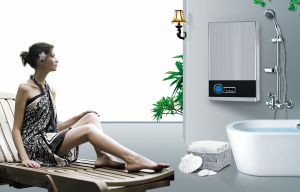 fully open the valves or thermostatic valves of ALL radiators, even those that are “never open.”
fully open the valves or thermostatic valves of ALL radiators, even those that are “never open.”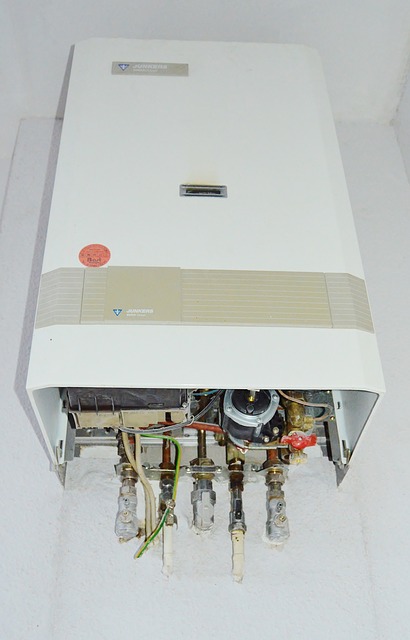 This is quite normal because it is indeed technically impossible to hunt all the air at the end of the intervention (bubbles can still remain “stuck” and move a few days later in the circuit).
This is quite normal because it is indeed technically impossible to hunt all the air at the end of the intervention (bubbles can still remain “stuck” and move a few days later in the circuit).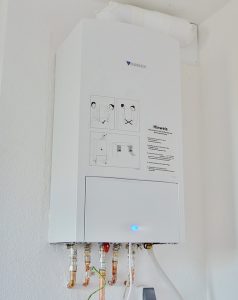 Fill the installation with quality water: the water must be clear (free of impurities or silt) and have a total hardness below 15 ° F; in the opposite case, it is necessary to provide an upstream filter and adequate chemical conditioning (anti-limescale filter, magnetic antiscale or softener ).
Fill the installation with quality water: the water must be clear (free of impurities or silt) and have a total hardness below 15 ° F; in the opposite case, it is necessary to provide an upstream filter and adequate chemical conditioning (anti-limescale filter, magnetic antiscale or softener ).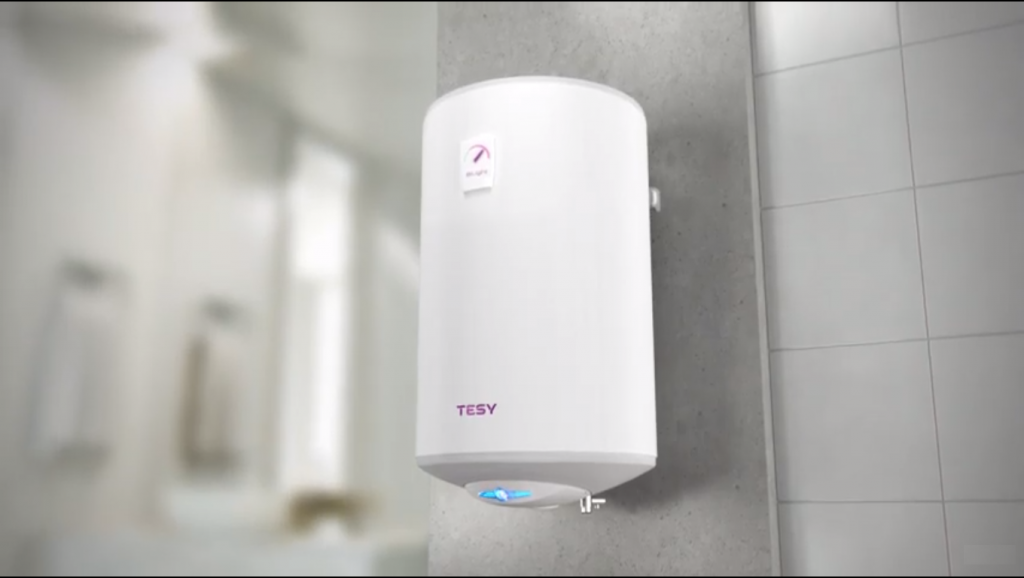
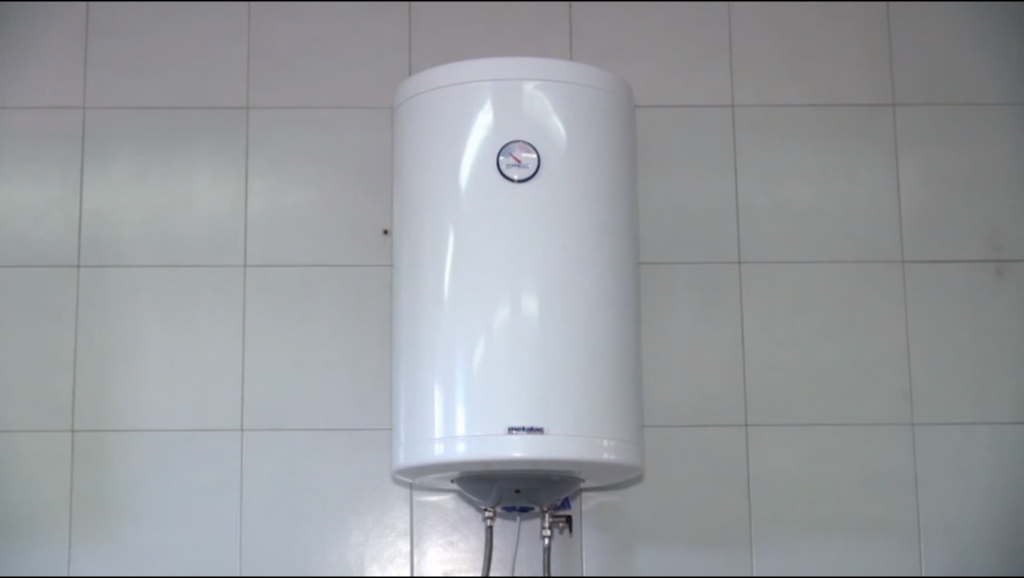 These water heaters never exceed 200 liters.
These water heaters never exceed 200 liters. …
…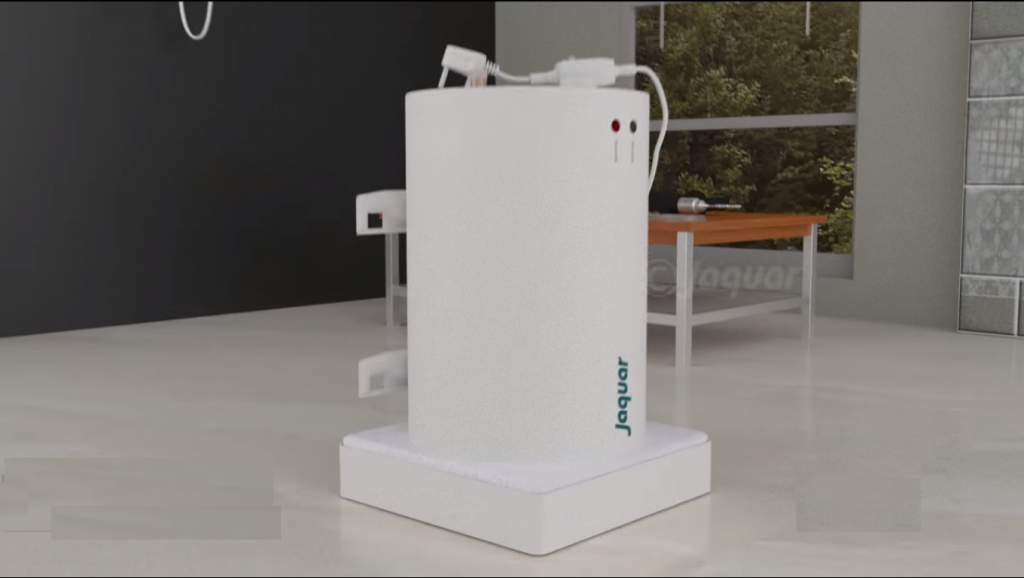 The monthly purge guarantees the elimination of sediment accumulated during the last four weeks. Sediments that as we know, it harms the heating performance by depositing on the resistance. It is done through the security group.
The monthly purge guarantees the elimination of sediment accumulated during the last four weeks. Sediments that as we know, it harms the heating performance by depositing on the resistance. It is done through the security group.